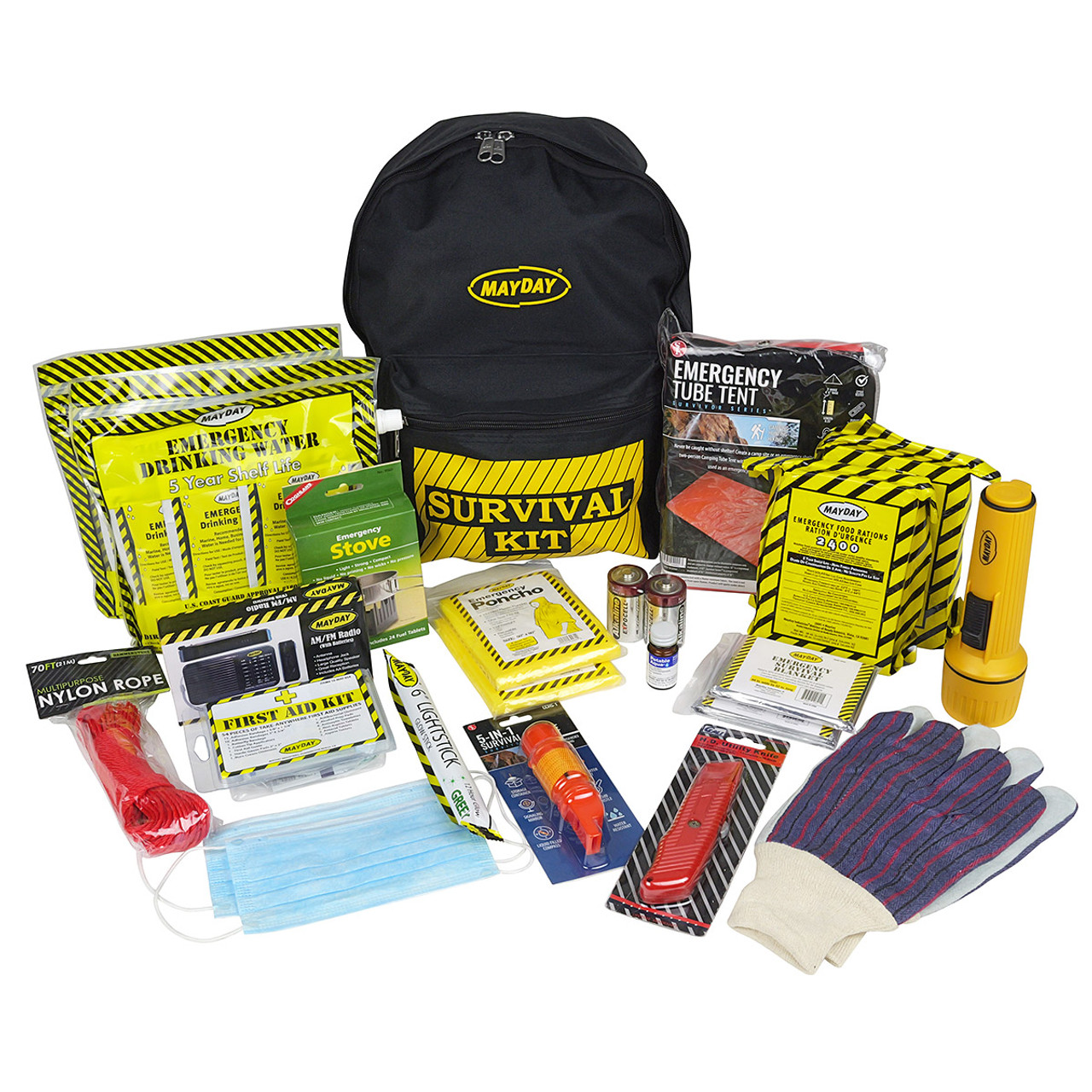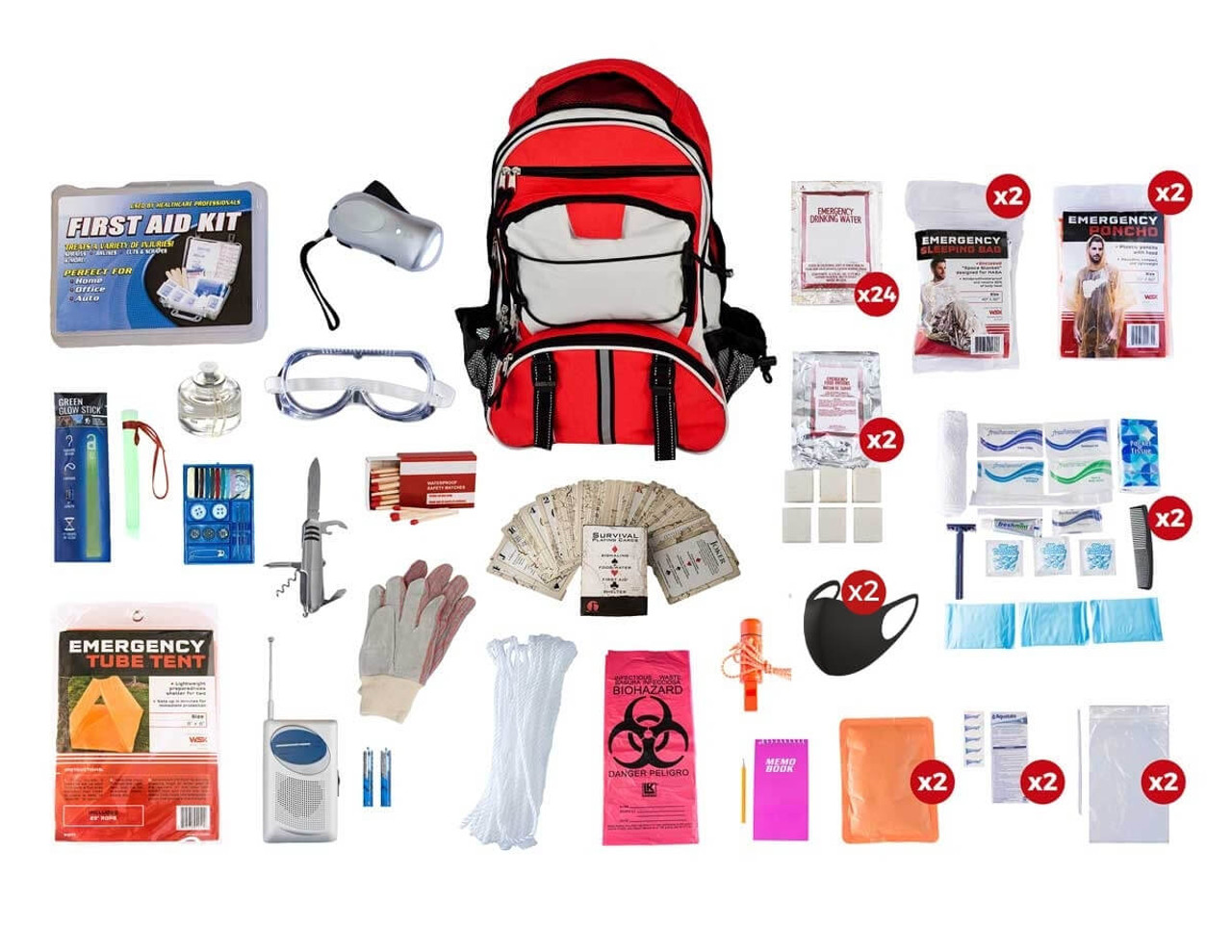Exactly How to Create a Comprehensive Emergency Preparedness Plan
In the realm of preparedness, creating an extensive emergency plan is not simply a job to mark off a checklist; it is a crucial keystone of any type of company or person's durability approach. From all-natural catastrophes to unexpected situations, the capability to expect, reduce, and react properly can mean the difference between turmoil and control. By thoroughly crafting a plan that addresses numerous facets of emergency situation monitoring, including threat analysis, communication methods, resource allocation, and strategic decision-making, one can lay a strong structure for securing assets, lives, and operations. Nonetheless, real efficacy of such a strategy lies not just in its creation yet additionally in its continuous upkeep and adaptation to developing threats and difficulties.
Importance of Emergency Situation Preparedness
Emergency situation preparedness is crucial for alleviating potential dangers and ensuring the safety and security of individuals and communities. In today's world, where natural calamities, public health situations, and various other emergencies can strike without caution, being prepared can make a substantial difference in minimizing the influence of these occasions. By having a well-thought-out emergency situation preparedness plan in position, people and organizations can respond effectively, safeguard lives, and lower residential property damages.
Among the main reasons emergency situation preparedness is necessary is its role in conserving lives. Having a plan that outlines clear treatments for emergency, interaction, and discharge reaction can aid individuals act promptly and emphatically when emergency situations take place (have a peek at these guys). This can protect against injuries and fatalities by guaranteeing that people understand what actions to require to stay safe
Moreover, emergency situation readiness improves the resilience of communities. By fostering a society of preparedness and preparation for various scenarios, areas can recuperate more quickly from catastrophes and disturbances. This resilience is crucial for preserving stability, connection of operations, and total well-being in the face of difficulty.
Assessing Prospective Dangers
Taking into consideration the importance of being planned for unforeseen events, the preliminary action in developing an efficient emergency preparedness strategy involves completely assessing and assessing prospective dangers. This evaluation requires a detailed review of all feasible threats that can affect the organization, taking into consideration aspects such as place, industry, and historical information on occurrences. By determining these dangers, companies can prioritize their preparedness initiatives and assign resources efficiently to reduce one of the most significant hazards.
Usual threats that companies might encounter include natural calamities like quakes, floodings, or cyclones, technical risks such as power failures or information breaches, in addition to human-caused dangers like accidents or deliberate acts of violence. Carrying out a risk assessment also includes taking into consideration the prospective effect of these occasions on the company's operations, workers, clients, and credibility. By carrying out an extensive risk evaluation, companies can establish tailored emergency situation feedback strategies that address their certain susceptabilities and make sure reliable readiness for any kind of potential situation.
Developing an Interaction Strategy
Developing a comprehensive and clear communication plan is vital for reliable emergency situation readiness within companies. In times of crisis, communication plays an essential function in ensuring the safety and security and wellness of staff members, stakeholders, and the neighborhood. A well-thought-out communication plan should outline clear lines of interaction, designate key employees responsible for interaction jobs, and develop procedures for distributing info promptly and accurately.
One trick facet of developing an interaction plan is recognizing alternating and main interaction networks (EMERGENCY PREPAREDNESS). These can consist of e-mail, message messaging, phone trees, social networks platforms, and public address systems. It is essential to ensure that these channels are trusted, easily accessible, and on a regular basis checked to assure their effectiveness throughout emergencies

Structure an Emergency Kit
Offered the essential importance of readiness in times of dilemma, a crucial part that companies have to address is the establishment of an emergency situation kit. An emergency situation kit acts as an essential resource that can assist mitigate the effect of unanticipated occasions, ensuring that important supplies and tools are easily offered when required most. When setting up an emergency package, it is essential to take into consideration the specific needs and conditions of the company. Standard things such as water, non-perishable food, very first help materials, flashlights, batteries, and a battery-powered radio are basic components of any emergency situation kit. In addition, organizations need to consist of essential files, such as call listings, insurance information, and emergency response plans, in water-proof containers within the package. On a regular basis evaluating and updating the components of the emergency situation kit is essential to make certain that materials are present and useful. By proactively building and maintaining an emergency set, organizations can improve their preparedness to successfully respond to dilemmas and secure their possessions and personnel.
Developing Discharge Treatments
To guarantee the security and organized evacuation of employees throughout emergency situations, organizations should establish clear and reliable evacuation treatments. Discharge procedures ought to include a variety of potential scenarios, consisting of fires, natural disasters, or various other emergency situations that require quick emptying.

Furthermore, companies must develop a system for accountancy for all workers during a discharge to ensure that everyone has securely exited the premises. Interaction plays an important duty in discharge procedures, with clear instructions on just how to evacuate and when to do so. Regular testimonial and updating of evacuation treatments based on comments and altering conditions are important to preserving the effectiveness of the strategy.
Conclusion
To conclude, creating a detailed emergency situation readiness plan is crucial for making sure the security and wellness of people in case of a catastrophe (EMERGENCY PREPAREDNESS). By assessing potential risks, producing a communication strategy, building an emergency situation kit, and developing evacuation organizations, treatments and people can be much better equipped to respond successfully to emergency situations. It is vital to focus on readiness efforts to mitigate the influence of disasters and safeguard lives and property
In the realm of preparedness, creating an extensive emergency plan is not simply a job to examine off a list; it is an essential cornerstone of any type of organization or person's durability technique. When emergency situations happen, having a plan that outlines clear treatments for emergency situation, evacuation, and communication reaction can assist people act promptly and decisively. great post to read. By carrying out a complete risk analysis, organizations can develop customized emergency situation feedback plans that resolve their specific susceptabilities and make sure efficient readiness for any kind of possible dilemma
Developing a thorough and clear communication strategy is important for reliable emergency preparedness within companies. By analyzing prospective dangers, developing an interaction plan, constructing an emergency situation package, and establishing discharge procedures, organizations and individuals can be much better geared up to respond successfully to emergencies.